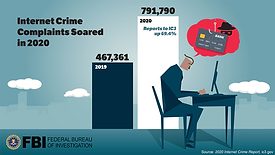Cybersecurity News
58% of data backups are failing, creating data protection challenges
Veeam Data Protection Report 2021 finds that COVID-19 has significantly impacted Digital Transformation (DX) spending, with 40% of global organizations viewing economic uncertainty as the greatest barrier to DX in the next 12 months and one-third having slowed or halted initiatives in the past year
March 18, 2021
Sign-up to receive top management & result-driven techniques in the industry.
Join over 20,000+ industry leaders who receive our premium content.
SIGN UP TODAY!Copyright ©2024. All Rights Reserved BNP Media.
Design, CMS, Hosting & Web Development :: ePublishing









